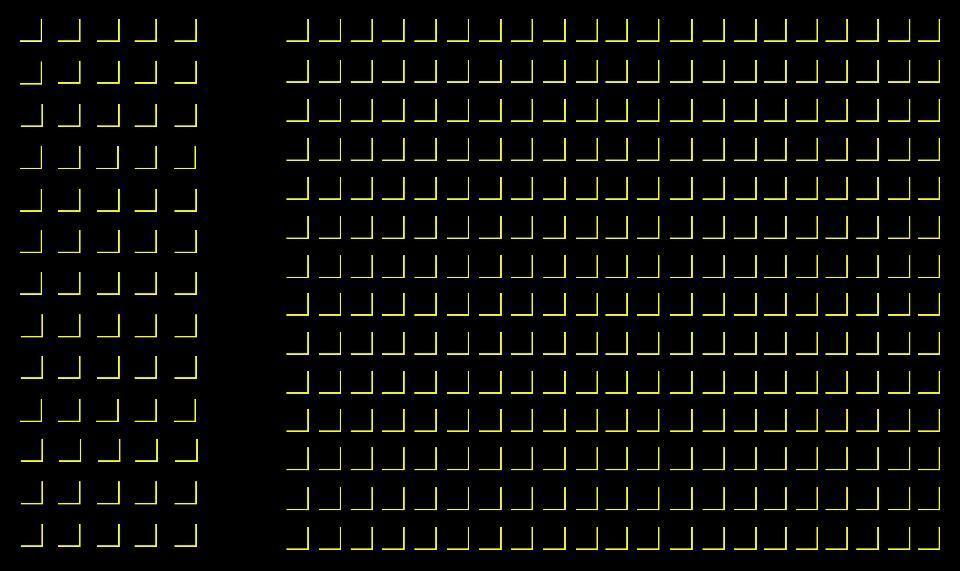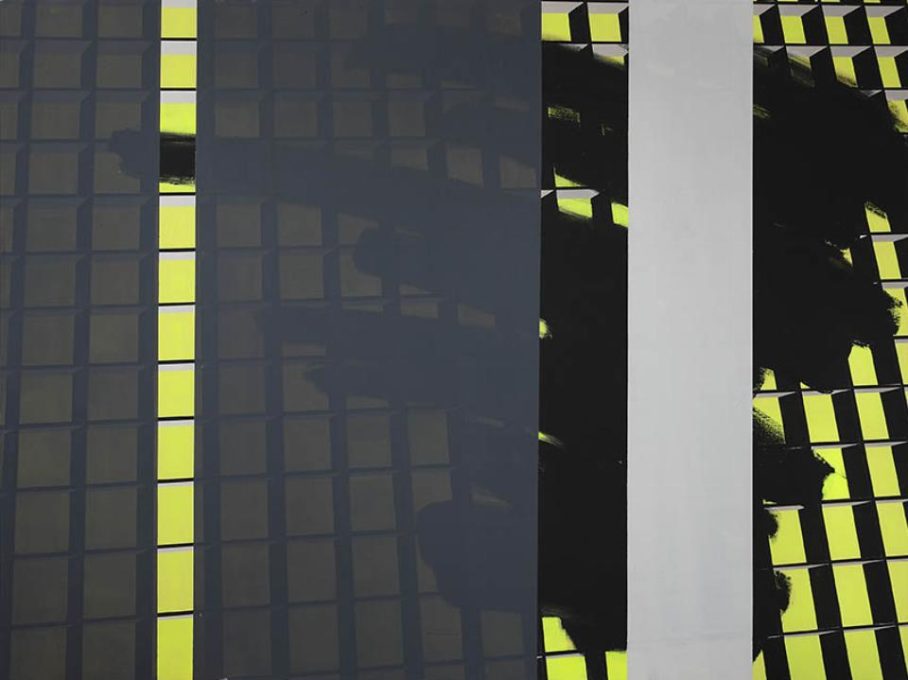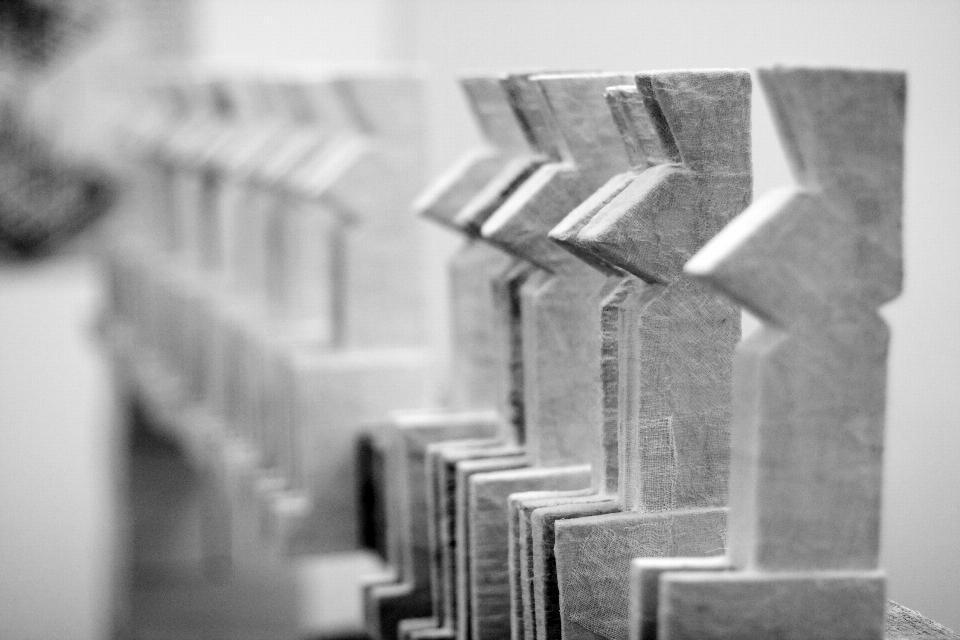Archiwalna
Overcoming Chaos. Sergey Kiryuschenko, Maxim Tyminko, Alexei Lunev, Andrei Savitsky
In such exhibitions as Overcoming Chaos (Sergey Kiryuschenko, Alexey Lunev, Andrey Savitsky, Maxim Tyminko) and The Practice of Subordination (Sergey Shabohin), Belorussian art returns to the space of the Białystok-based Galeria Arsenał. Sergey Kiryuschenko’s and Sergey Shabohin’s 2015 curatorship project COLLECTION (ZBOR). Constructing an Archive offered a general picture of contemporary Belorussian art. This time round, the broad panorama has been replaced with a close-up of individual quests in the gallery’s elektrownia (power station) space.
02.09.2016 – 30.10.2016
Arsenal Gallery power station, ul. Elektryczna 13, Białystok
Overcoming Chaos is a show of works by artists whose practice comprises object-free imaging and the avoidance of unambiguous and exclusive definitions. They analyse new perspectives inherited from the abstract and from minimalist, strongly reduced means of expression in visual arts.
The works displayed have been based on visual values directly impacting audience perception. Common components include strict regularity (or subordination to logic) in creation, apparent simplicity and transparency of measures applied, and the aesthetics of elementary forms. Their message is a suggestion to consider any artwork primarily as art. Open to interaction, the artwork challenges instrumentalisation through any ideology.
These artists are free of exercises in self-referencing circumnavigation of solutions to purely aesthetic and formal issues. Their work personifies the intellectual and emotional comprehension of their own role as image creators. Using the prism of abstraction and reduction, they express their attitude towards reality while including references to urban and architectonic environments. Moreover, Overcoming Chaos mirrors the constant human wish to organise the world while escaping its rigid organising structures.
The exhibition is organised around paintings by Sergey Kiryuschenko (born in 1951). The artist is a graduate of the Belorussian State Academy of Arts in Minsk, an institution proudly following academic traditions until this day. In his work, Kiryuschenko travelled a rather intuitive yet consistent road – from realism to the abstract and to object-free imaging. He showed constant interest in modernist heritage, art perception mechanisms, and art-space interaction. Kiryuschenko’s inimitable trademark chequered modules released him of any mimetic tension, thus allowing ambiguity, whereas the very essence of the pattern – its dynamics and dispassion, limitations and horizons, promise and deception, rhetoric and silence, alongside the artist’s openness to dialogue with artists of similar beliefs – continues to create unique spatial circumstances in each of his works.
At the exhibition, Kiryuschenko’s artwork becomes a backdrop for Andrey Savitski’s Black Structures video (2016). The mutual impact of different media enables a sophisticated and subversive game, its module network created by a “humanised” artistic substrate rather than by computer imaging. Conversely, network cells are filled with imaging technological rather than artistic in origin. Savitsky (born in 1971), ever attracted to the use of state-of-the-art technologies in artistic creation, fashions effects of rejection, causing confusion to established patterns of audience perception.
Maxim Tyminko (born in 1972) is known for his monumental, technically convoluted films and multimedia projects. In his 939 Picture Elements (2014–2016) multichannel video installation, the chequered lattice disintegrates, only to be recreated in hundreds of colourful rectangles. It may well be a pattern containing the key to any recurring problem. Yet something – in all probability, the gradual appearance of the figure of the artist himself, which serves to reduce the dissonance and create fields uniform in colour – drives us to conclude that what we have here is an ironic commentary on the banal wish to arrange the world around some form of law and order.
Alexey Lunev’s (born in 1971) Fraction series may serve the purpose of analysing the repetition phenomenon – another constitutive component of the chequered pattern. Though these objects may in general be referred to as replicated in the multiple, they have not originated from any serial mass production – each and every one has been created by the artist manually. Søren Kierkegaard referred to repetition as a monotonous and tedious order, allegedly carrying a higher soothing and distracting charge than any game of mood and reflection. Repetition remains a remedy for melancholy, filling the pause in motion. Subjecting to the rhythm of objects from Fraction series arranged in a never-ending sequence, the viewer yields to misplaced vision and to a spiral of thought, physically transcending the passage of time.
Albeit object-free imaging was quite pronounced in Belorussian art of the early 20th century, any connections thereto have been lost during Soviet times. Kiryuschenko’s volte-face towards harsh, geometrical minimalism resulted in his oeuvre seriously contrasting with Belarus’ traditional artistic context. Since numerous artists of his time and age had no interest in contemporary art practices, Kiryuschenko’s guests, partners, and opponents all began to hale from a generation twenty to thirty years younger. Kiryuschenko and his studio in Minsk – a focal venue for many interested artists and curators – became a phenomenon of urban culture and artistic life, a phenomenon frequently referenced by collective projects the artist participated in directly, as well as by individual undertakings which may possibly have developed precisely because a word of key importance had been uttered by that community at the right time – that one word, lacking in a process of formulating one’s own idea. Albeit the artistic approach forming part of individual artworks on display at the Overcoming Chaos and The Practice of Subordination exhibitions is different, webs of mutual artistic relations, invisible to the audience, entwine all works shown.
Lena Prents
translated from Polish by Aleksandra Sobczak
Related events:
September 3, 2016 – a guided tour of the exhibition with an exhibition curator and artists
The event will be adapted to the needs of hearing impaired or deaf people.
Interpreted by: Justyna Nowosadko
Admission is free.
Cooperation from the gallery: Sylwia Narewska
Sergey Kiryuschenko, Alexey Lunev, Andrey Savitsky, Maxim Tyminko

PLAN YOUR VISIT
Opening times:
Thuesday – Sunday
10:00-18:00
Last admission
to exhibition is at:
17.30







